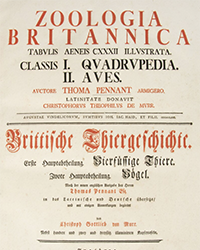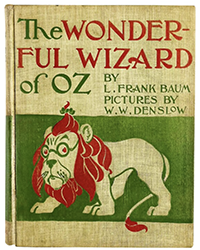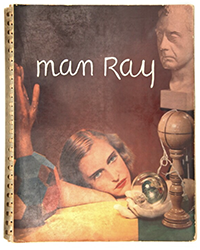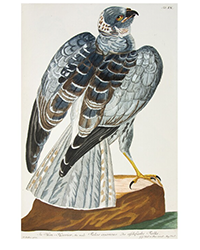Old and rare bookstores have been disappearing into the internet miasma. Their stock has been uploaded to listing sites but the person to person contact they relied on has slowly declined. Meantime book fairs have been evolving into more complex events giving dealers an efficient way to buy and sell. In San Francisco this past month, Rare Books SF provided the field a fresh opportunity to see what’s being offered. For old timers, like me, visiting bookshops were occasions. The serious collector could browse the shelves for mispriced or unappreciated stock. Yes, you could do it and it was fun.
These days show dealers move their inventory and teams from event to event in pursuit of sales to the occasional emerging serious collector. The important show recently was going to be in Pasadena, up until catastrophic fires made the long-scheduled event impossible. Then voila, the already scheduled alternative fair in San Francisco then became the important destination.
The show’s promoters seamlessly adjusted, allowing some dealers to drop San Francisco shows who had planned to exhibit both in Pasadena and San Francisco. For them a single show wasn’t going to work. While others, seeing SF space opening up, others jumped in.
We were among the last-minute additions and came away very pleased with the entire experience.
Here is what we found.
These shows in the Bay area have long been trying to avoid the negatives. The weather and parking are inescapable issues. The weather in San Francisco was per-norm, that is random rain and sunshine within the same hour. Canopies were awaiting. For the lazy and infirm or off-loading, you could get in and out without getting wet. For the rest of us you could find a parking space nearby.
Once in, receiving your pass was quick. You could hear the humm humm of activity and wanted immediately to become an insider. The space, the Gateway Pavillion, was tall, bright, light and wide with dealers’ maps and images turning the hall into a museum with price tags.
Once in, your program in hand, either on paper or on your phone, you could gauge your time and interest. There were 117 exhibitors reflecting the changing meaning of what collectible paper has become. Ephemera: yes. Old books: yup. Lithographs and other images, entire rooms full.
Starting to browse, new dealers and others tracing their roots back 100 years, gussied up cheek by jowl.
And services. A representative of the ABAA (The Antiquarian Booksellers Association of America), answering questions, members of the Book Club of California to embrace, wave and answer questions, and JASNA (The Jane Austin Society of America) and myself.
Rare Book Hub had two posters on the wall. Folks of all ages and persuasions would slowly read the signs and carefully approach asking “what if” questions.
I filled a notebook and asked them to write down their email addresses. I encountered four communities. Old friends, many having been members of Rare Book Hub for years, others that have never wanted our service now averting their eyes when walking by, newbies – the young and interested, and finally, 7 older individuals who are trying to understand how to dispose collections they inherited but don’t want to keep.
And what I mostly did, was to ask “tell me what you are looking for.” The show was stacked solid with professionals. An average booth had 2 persons with 35 years of experience. The 117 booths x 35 x 2 equaled 8,190 years of experience under one roof. It was easy to say, if you’re looking for collectible paper you are in the right place.
The space and the people were perfect.
Here is a link to the electronic program.https://mcusercontent.com/90ec68132b3c021c2e6819f62/files/92197e9c-f938-5f58-6b52-c552ca03f961/SFStationProgram25low.pdf


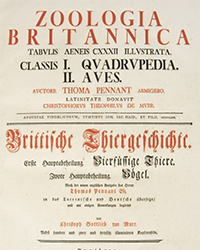
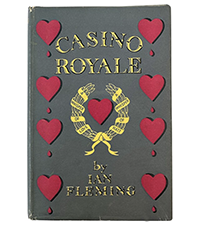
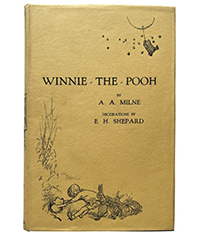
![<b>Sotheby’s:</b> Ernest Hemingway. <i>Three Stories And Ten Poems,</i> [Paris], (1923). First edition of Hemingway’s first published book. $75,000. <b>Sotheby’s:</b> Ernest Hemingway. <i>Three Stories And Ten Poems,</i> [Paris], (1923). First edition of Hemingway’s first published book. $75,000.](https://ae-files.s3.amazonaws.com/AdvertisementPhotos/acf970a0-a15d-4c79-aa24-5e8e414cb465.png)
